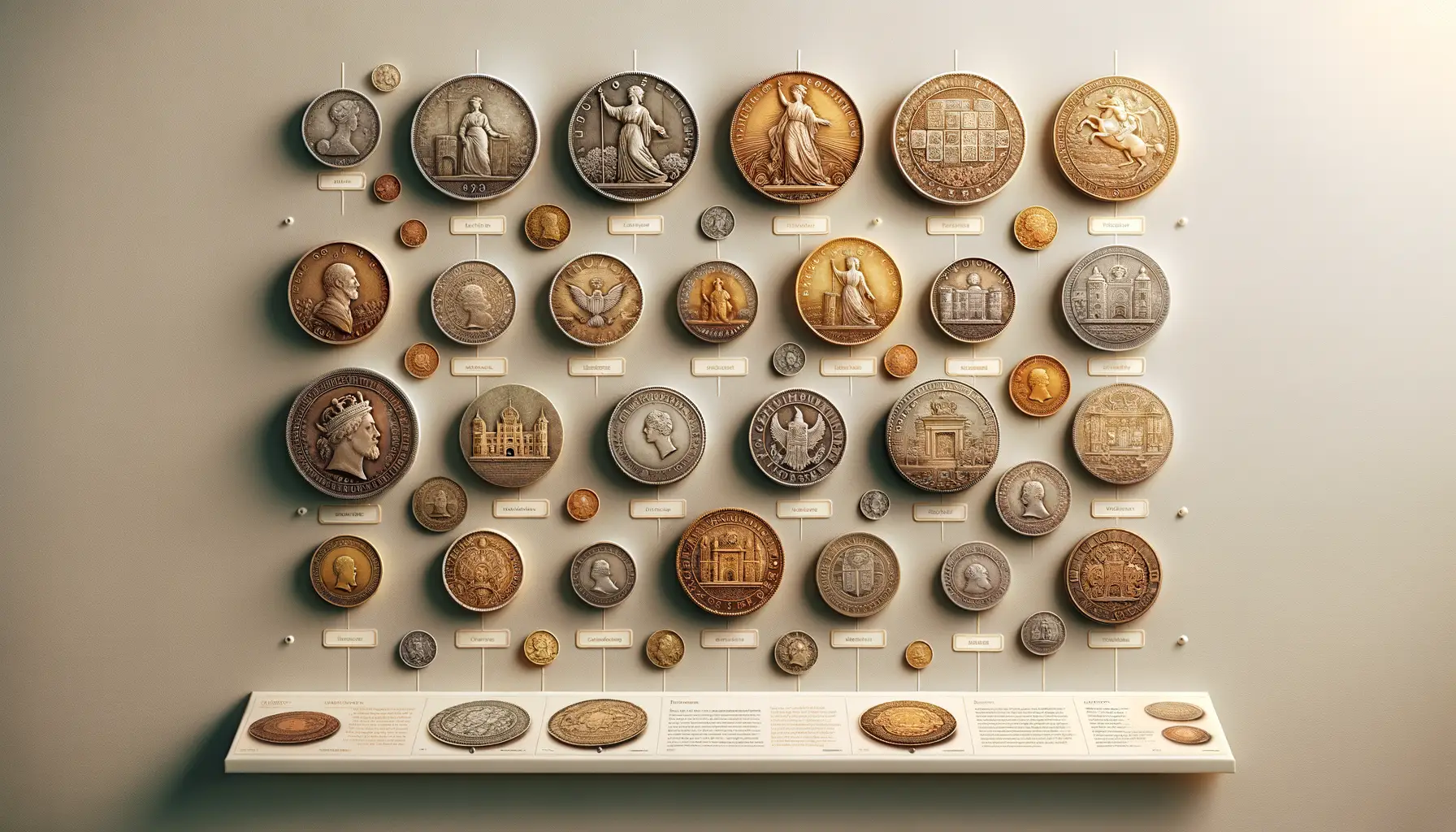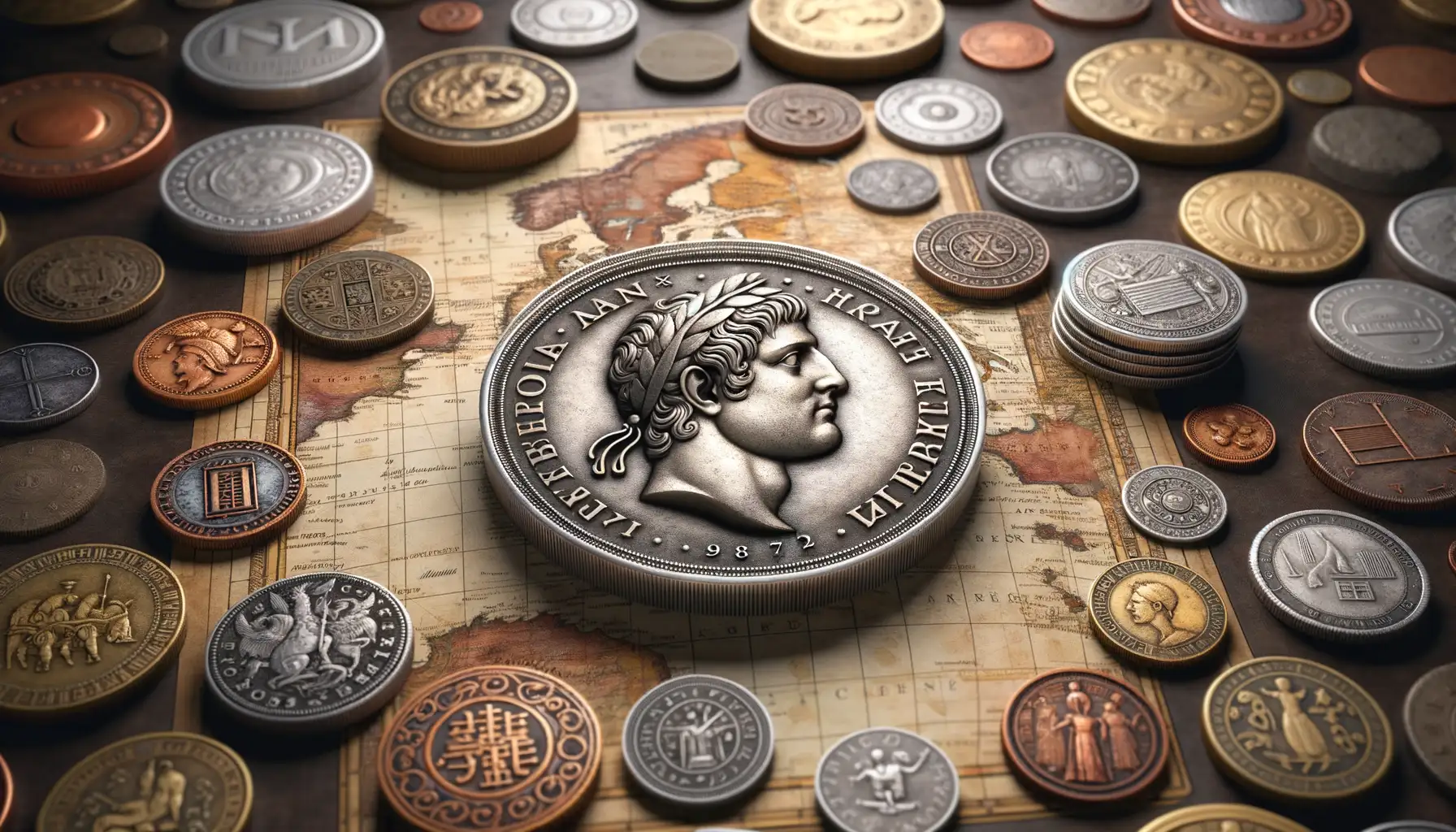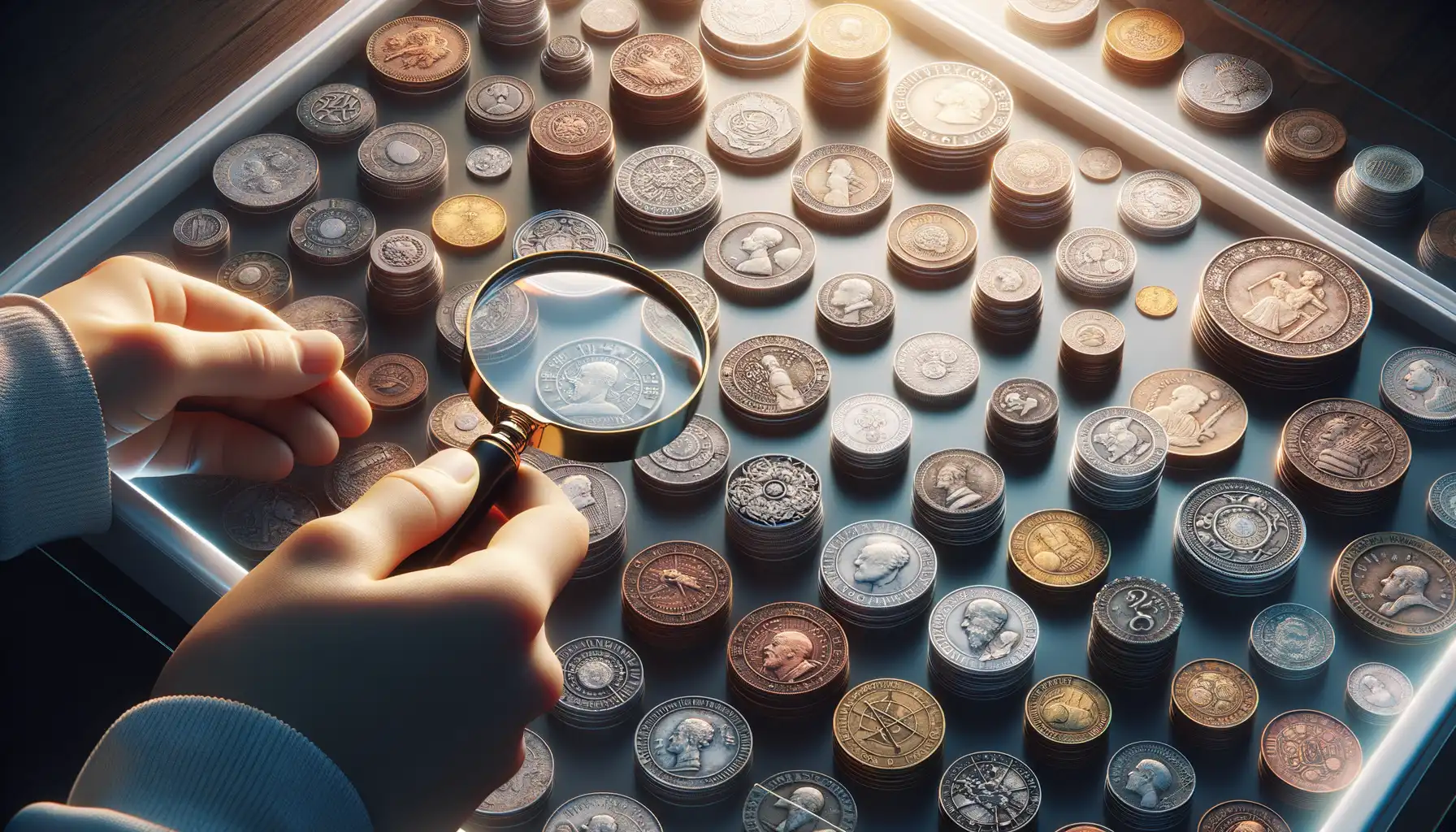Introduction to the Most Famous Coins in History
Throughout the ages, coins have been more than just currency—they’ve been silent witnesses to the rise and fall of empires, the whims of powerful rulers, and the shifting sands of human history. Think about it: a coin minted centuries ago might’ve passed through the hands of kings, merchants, or even a wandering storyteller. Each one carries its own tale, etched into metal as boldly as pen on parchment.
Stories Cast in Metal
Some coins transcend their monetary value, becoming symbols of eras long past. Take, for instance, the shimmering Florin of Florence, the golden standard of 13th-century trade. Picture bustling marketplaces and traders from all corners of Europe holding this one brilliant coin as the very definition of wealth and reliability. Or consider the legendary Roman Denarius, jingling in the satchels of soldiers who marched under Caesar’s banner—a small token representing not just payment, but conquest and loyalty.
Here are just a few remarkable coins that made an indelible mark:
- The Athenian Owl Tetradrachm: A symbol of wisdom and prosperity, proudly bearing Athena’s gaze.
- The Spanish Piece of Eight: A coin so influential it shaped global trade and became a pirate’s favorite booty.
Call them miniature time machines; these coins connect us to lives lived centuries ago, whispering stories of triumphs, dreams, and even betrayals. Their importance, though rooted in the past, resonates loudly today.
Historical Significance of Iconic Coins
![]()
The Stories Enshrined in Metal
Coins have been more than just tools for trade—they’re storytellers, carrying whispers of ancient empires and revolutions right in their grooves. Imagine holding a coin that was once clutched by a Roman merchant or exchanged in a bustling 13th-century marketplace. Each one is a tangible link to eras we can only dream about.
Take the legendary Spanish Pieces of Eight, for instance. These silver coins weren’t just currency; they were passports to adventure. They crossed oceans in pirate ships, fueled global trade, and even helped build entire economies. What other object can boast such a life?
Turning Points Etched in Currency
Coins often serve as silent witnesses to pivotal historical moments. Here are a few unforgettable examples:
- The Julius Caesar Denarius: The first Roman coin to depict a living ruler, marking the dawn of political propaganda.
- The US Double Eagle: A golden phoenix that rose from the ashes of America’s struggles during the Great Depression.
Every nick, every scratch on these iconic coins isn’t damage—it’s character. It’s a reminder of their incredible journey through the hands of countless generations.
Noteworthy Coins and Their Stories

The Mysterious Journey of the Etruscan Gold Stater
Step back into ancient Italy, where the glint of an **Etruscan Gold Stater** would have instantly caught your eye. This golden coin didn’t just pay for goods—it whispered secrets about a powerful civilization long before Rome’s mighty rise. Imagine holding one in your hand: its intricate design, thought to depict gods or mythical creatures, tells stories of artisans who poured their souls into carving tales onto gold.
What makes the Stater truly fascinating? It wasn’t just currency; it was a tool of diplomacy. These coins traversed borders, exchanged among merchants and kings, leaving a glittering breadcrumb trail across the Mediterranean. Just think: Who held it last—a trader in Carthage, or a general plotting his next conquest?
- Issued between 6th and 4th century BCE, it’s older than many empires.
- Unveiling them often reveals clues about buried treasures or forgotten trade routes.
Every scratch and mark tells a story; each is a tiny time capsule. It’s not just a coin—it’s a golden narrative waiting to be read. Can you hear it?
The Legacy and Cultural Impact of Coins

The Symbolism and Stories Behind Coins
Coins are more than just jingling bits of metal; they’re storytellers in disguise. Every scratch, every etching, and every design carries a whisper from the past. Coins have been witnesses to moments that shaped civilizations—from legendary battles to royal triumphs. Take the ancient Greek *drachma*, for instance. Flip it over, and you’ll find the owl of Athena, symbolizing wisdom. It’s as if these coins give us a peek into the minds of those who once held them, their dreams and values etched into metal.
And it’s not just about what’s on the coins—it’s about where they’ve been! Imagine a Roman *denarius*, perhaps passed through the hands of merchants at bustling marketplaces or slipped into the pocket of a soldier marching towards the empire’s edges. Even today, coins tell a story—in India, the Mahatma Gandhi coin reflects the enduring spirit of peace and freedom.
- Persian darics: The glint of gold that funded ancient armies and empires.
- Spanish pieces of eight: The currency of swashbuckling pirates and world-changing trade routes.
A Timeless Bridge Between Eras
Coins also transcend cultures, creating a tapestry of human ingenuity. Consider how modern collectors treasure rare finds like a 1933 Saint-Gaudens Double Eagle or a Qing Dynasty cash coin. These aren’t mere collectibles; they’re tangible bridges connecting our digital age to an era of horseback couriers and handwritten scrolls.
But why do coins hold such power? Maybe it’s because they represent a unique blend of art, economy, and identity. They’re small, yet mighty—portable monuments to craftsmanship and history alike.
Preserving and Collecting Historical Coins

Why Historical Coins Hold More Than Monetary Value
Imagine holding a coin that once jingled in the purse of an ancient trader or crossed continents on a Roman soldier’s journey. Historical coins are far more than objects of currency—they are miniature time capsules, whispering stories of their era. From the intricate designs of the Athenian Tetradrachm to the bold imagery on the Gold Double Eagle, these coins are a gateway to history.
What makes them special? It’s the human touch behind every piece: the engraver’s passion, the ruler’s pride stamped into its design, or the countless hands it passed through during its lifetime. Preserving such treasures isn’t just a hobby—it’s a way to safeguard fragments of civilization itself.
The Art and Science of Coin Preservation
Protecting historical coins is part science, part art. Here are some tips to keep your collection pristine:
- Store coins in acid-free holders to avoid damage from chemicals or moisture.
- Handle them with care: wear gloves or hold by the edges to prevent fingerprints.
- Invest in climate-controlled cases for rare or high-value pieces.
And here’s the golden rule: never clean coins with harsh substances! That “shiny new” look could erase centuries of patina—an unforgivable loss for true collectors.
